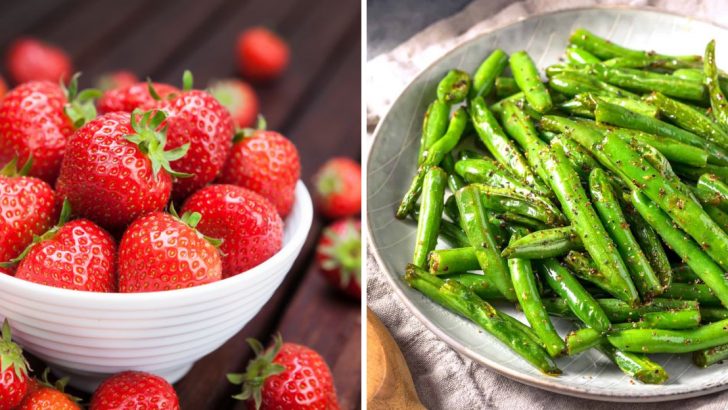Ever wonder what’s really lurking on your fruits and vegetables? While eating produce is essential for good health, some items come with an unwanted bonus – hefty doses of pesticides.
These chemical residues stick around even after washing, potentially affecting your health over time. Understanding which fruits and veggies tend to harbor the most pesticides can help you make smarter choices at the grocery store.
1. Strawberries
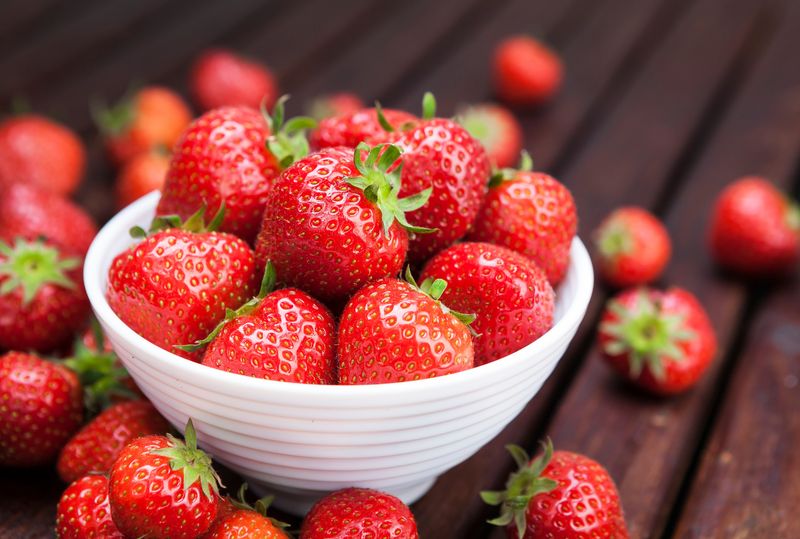
Holy chemicals, Batman! Strawberries consistently top the charts as pesticide royalty, with some samples containing up to 23 different pesticide residues. Their soft, porous skin and ground-hugging growth habit make them perfect targets for bugs, fungi, and bacteria.
Farmers spray these ruby gems relentlessly to keep them picture-perfect for market. The worst part? Those tiny surface seeds create hundreds of hiding spots where pesticides cling stubbornly, making them nearly impossible to wash clean.
2. Spinach
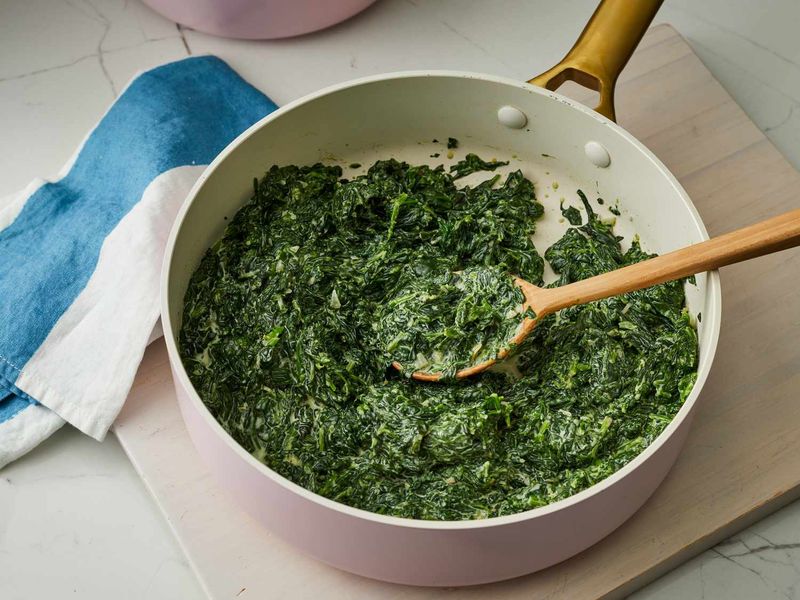
Popeye’s favorite muscle-builder has a dirty secret. Behind those nutritious green leaves lurks a chemical reality – spinach soaks up more pesticides than almost any other leafy green. Farmers battle persistent leaf-munching insects with powerful neurotoxic pesticides that leave stubborn residues.
The crinkly texture that makes spinach perfect for salads also creates countless nooks where chemicals hide. Even thorough washing won’t eliminate all residues.
3. Kale
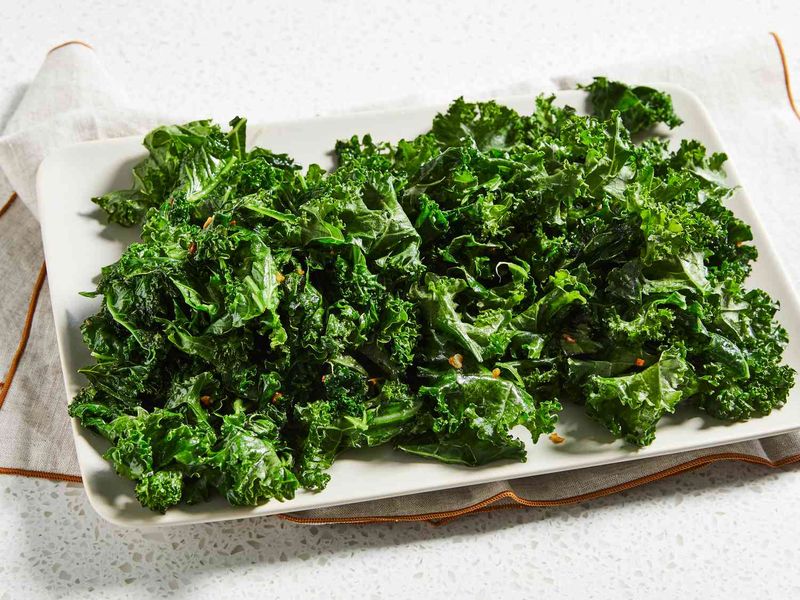
Plot twist! The darling of health food enthusiasts ranks third on the pesticide hit list. This curly-leaved trendsetter contains traces of more than 20 different pesticides, including DCPA (a possible human carcinogen banned in Europe).
Kale’s explosion in popularity created massive demand, pushing conventional farmers to maximize yields through aggressive pest management. Its textured leaves provide perfect hiding spots for persistent chemicals that resist rinsing.
4. Nectarines
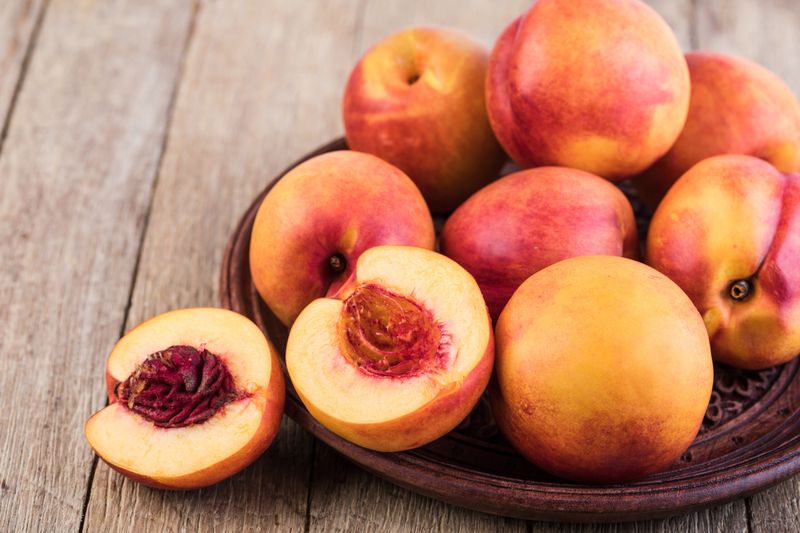
Smooth criminals! These peach relatives might look innocent with their glossy skin, but they’re hiding a sinister secret – a pesticide load that would make a chemist blush. Nearly 94% of conventional nectarines test positive for two or more pesticide residues.
Their thin, smooth skin offers minimal protection against agricultural chemicals, which easily penetrate the flesh. Unlike their fuzzy peach cousins that get some pesticide reduction when peeled, nectarines deliver their chemical payload directly to your system.
5. Apples
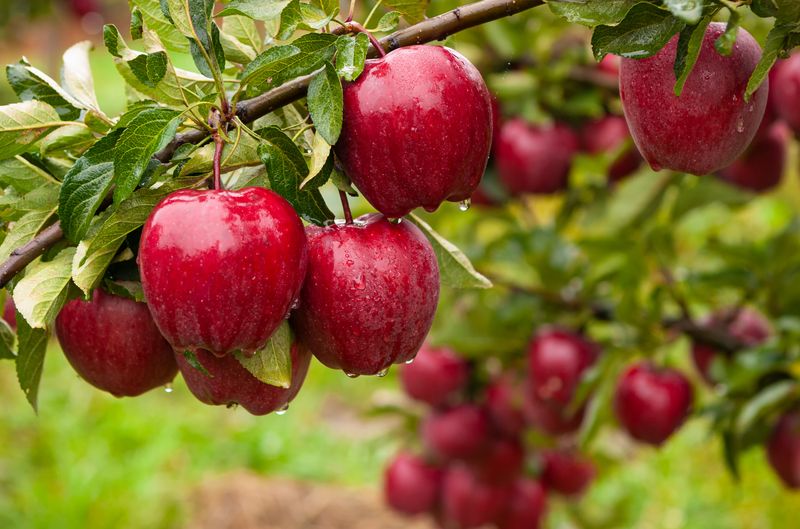
An apple a day keeps the doctor away – unless that apple is swimming in pesticides! These orchard favorites get sprayed more than 40 times per growing season with up to 50 different chemicals. The waxy skin that gives apples their appealing shine also traps pesticides like a natural sealant.
Diphenylamine (DPA), a chemical banned in Europe, shows up regularly in American apple tests. Even washing and peeling won’t eliminate all residues since some pesticides penetrate beyond the skin.
6. Grapes
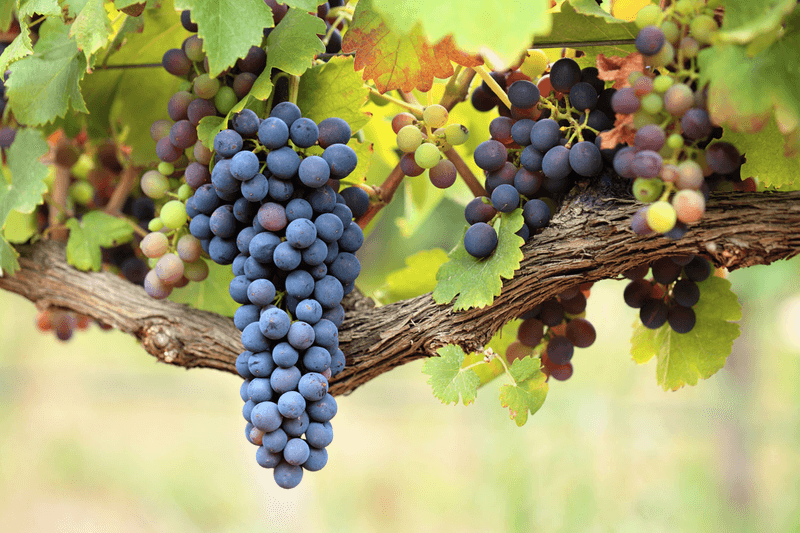
Grape expectations? More like grape deceptions! These juicy globes rank among the worst pesticide offenders, with conventional samples containing an average of five different pesticide residues. Their clustered growth creates humid microclimates perfect for fungal diseases, prompting farmers to spray frequently.
The thin skin offers zero protection against chemical intrusion, and their clustered nature means pesticides can hide where stems connect to fruits. Wine lovers beware – those pesticides don’t magically disappear during fermentation!
7. Cherries
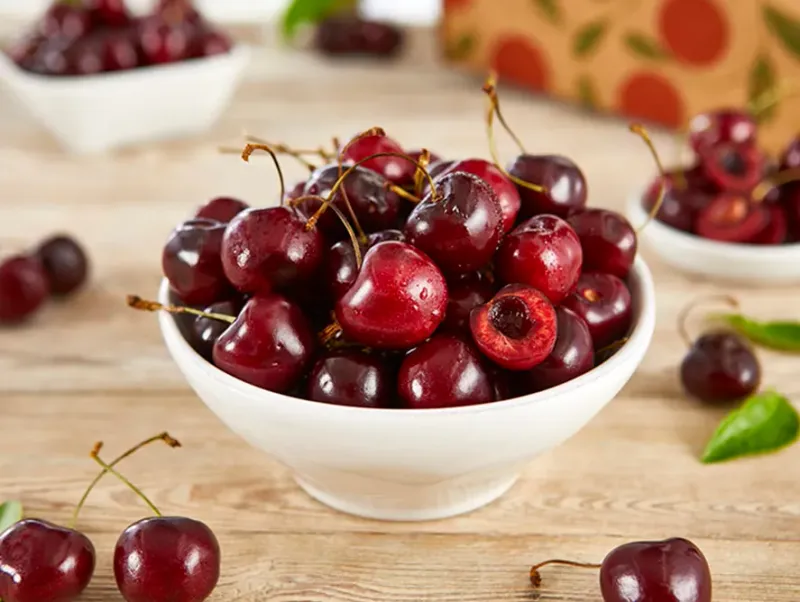
Cherry bombs! These summer jewels pack an unexpected punch – residues from up to five different pesticides per sample. Their short growing season creates a pest management pressure cooker, forcing conventional farmers to spray aggressively to salvage marketable fruit.
The pesticide chlorpyrifos, linked to developmental damage in children, frequently shows up in cherry tests despite increasing restrictions. Their small size means you’re getting more surface area (where pesticides concentrate) per bite than with larger fruits.
8. Peaches
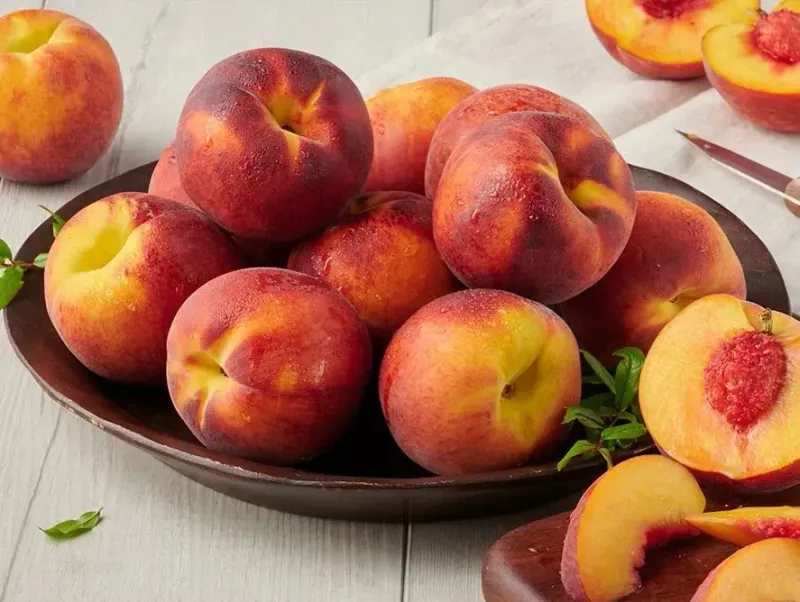
Georgia’s famous export hides a dirty secret under all that fuzz! Peaches consistently rank among the most contaminated fruits, with tests finding residues from up to 62 different pesticides. Their delicate nature and susceptibility to bruising make them prime targets for aggressive chemical protection.
The fuzzy skin that gives peaches their signature texture acts like Velcro for pesticides, creating thousands of microscopic traps for chemical residues. Even thorough washing can’t dislodge all these unwanted hitchhikers.
9. Pears
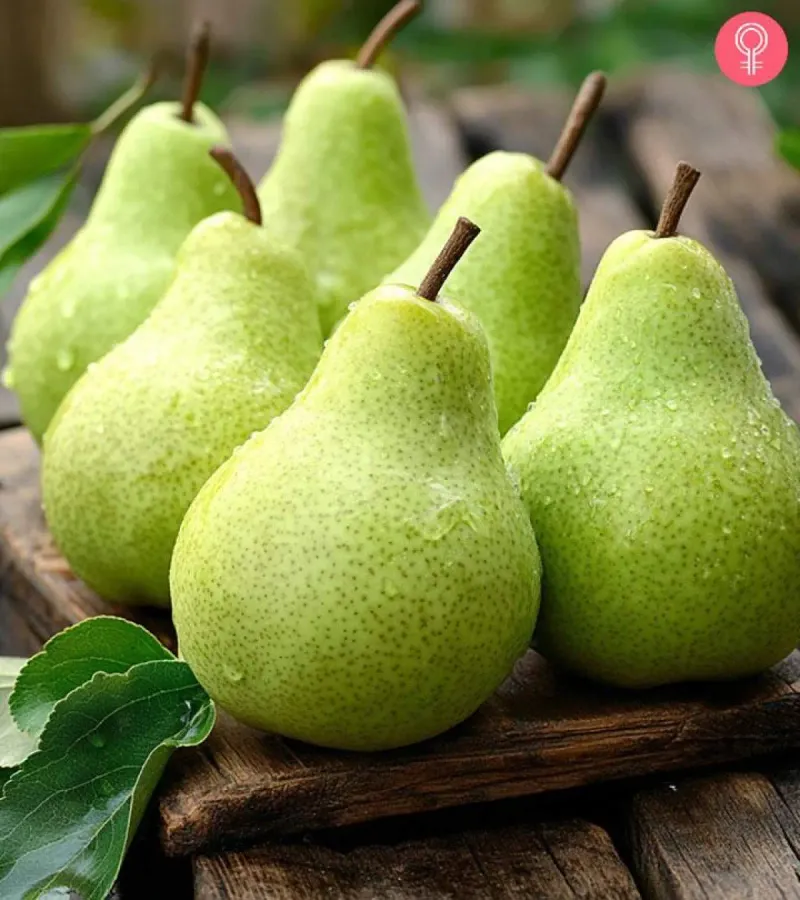
Pear pressure! These innocent-looking fruits harbor a secret chemical collection – over 50 pesticide residues have been detected in conventional pears. Their thin skin and high sugar content make them irresistible to insects and fungi, triggering defensive chemical warfare from farmers.
Unlike apples, pears have a grainy texture with thousands of stone cells that can trap and hold pesticide residues deep within the fruit. The pesticide fungicide diphenylamine shows up in over 30% of conventional pear samples.
10. Bell Peppers
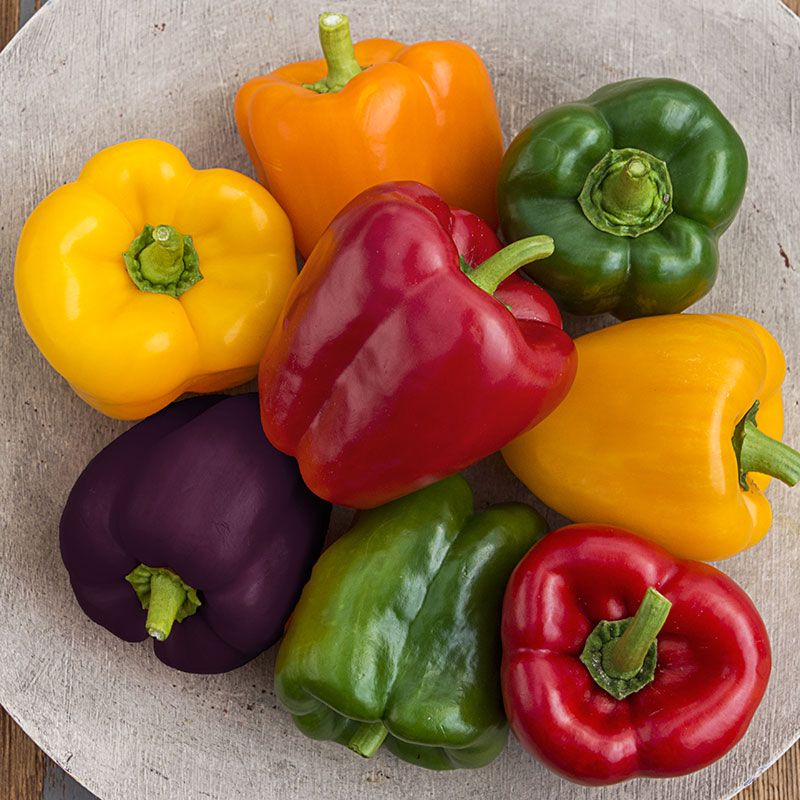
Shocking truth: those rainbow-bright bell peppers hiding in your stir-fry have a dark side – they’re among the most heavily sprayed vegetables in the produce aisle. Their thin skins and hollow interiors create perfect pest hideouts, triggering farmers to unleash chemical warfare.
Tests reveal up to 15 different pesticides on a single pepper! Their waxy surface holds onto these chemicals tenaciously, resisting even vigorous washing. The worst offenders? Green peppers, harvested earlier than their colorful cousins, endure more spraying cycles.
11. Celery
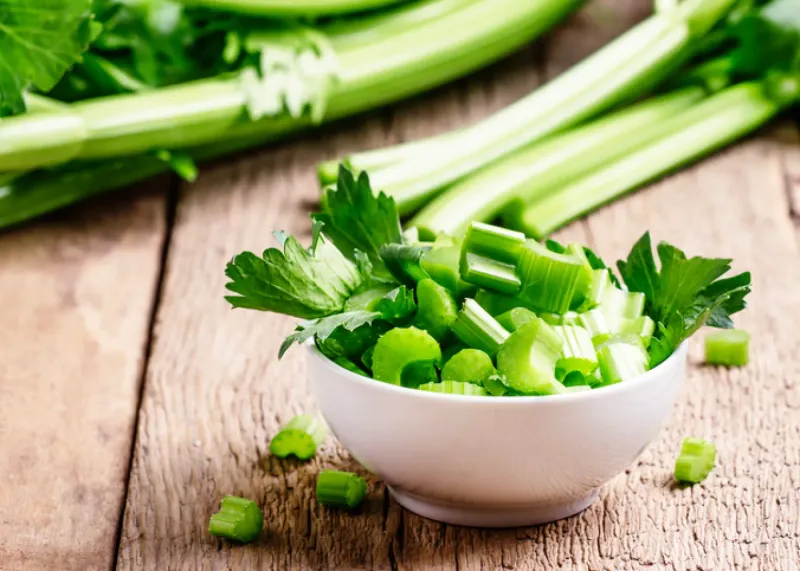
Crunch time reality check! That crispy diet staple works like a pesticide straw, sucking up chemicals through its thirsty stalks directly into the parts you eat. Celery’s structure makes it particularly efficient at absorbing and transporting water-soluble pesticides from soil into its tissues.
Tests regularly find more than 60 different pesticide residues on conventional celery. Its naturally hollow, straw-like vessels – perfect for moving nutrients from roots to leaves – unfortunately serve double-duty as chemical highways.
12. Tomatoes
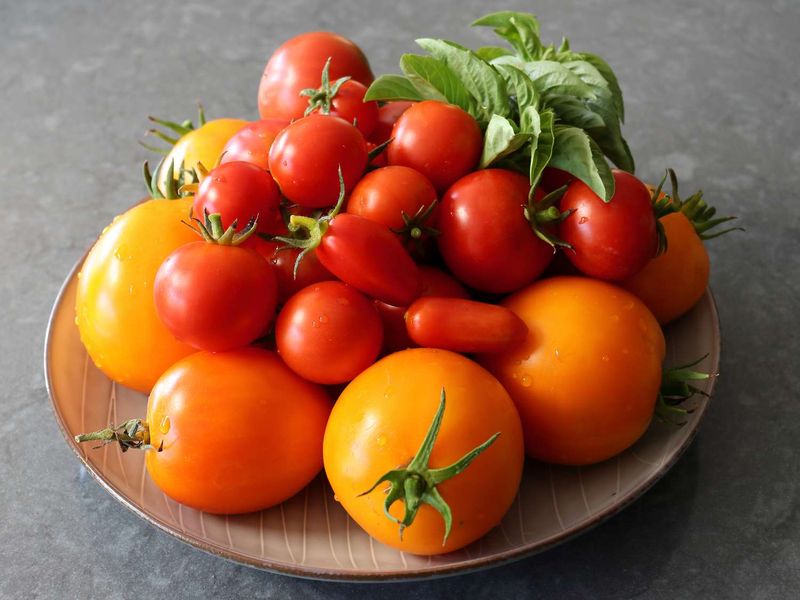
Tomato, to-mah-to, let’s call the whole thing contaminated! These garden favorites get blasted with up to 35 different pesticides before reaching your salad bowl. Their thin skins offer minimal defense against the chemical onslaught, while their juicy interiors readily absorb whatever’s sprayed.
Conventional tomato farming’s dirty secret? Chlorothalonil (a probable human carcinogen) tops the residue list. Those tiny hairs covering tomato stems and leaves? They’re perfect pesticide traps that transfer chemicals to your hands during preparation.
13. Potatoes
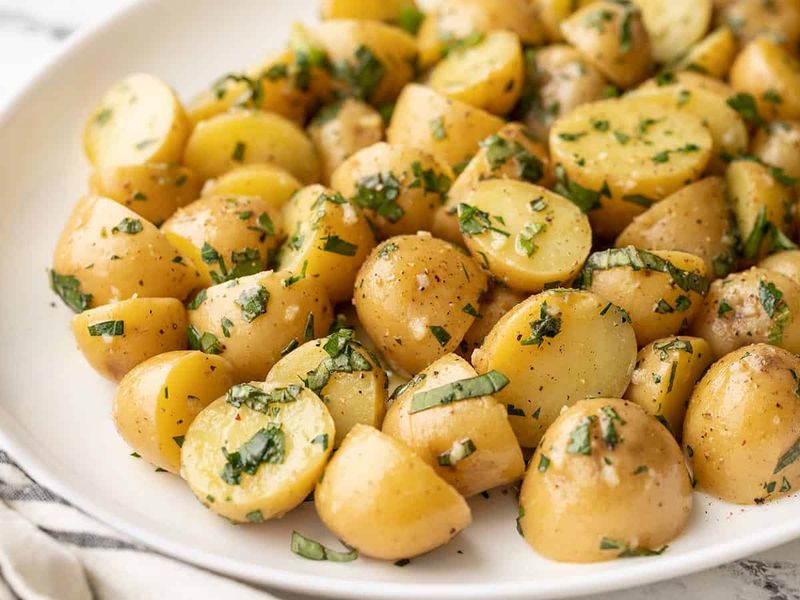
Spud shocker! America’s favorite vegetable comes with an unwanted side of chemicals that would make your eyes water faster than chopping onions. These underground growers get doused with fungicides before planting, pesticides during growth, and herbicides before harvest.
The soil surrounding conventional potatoes becomes so contaminated that farmers typically won’t plant vegetables for human consumption in the same plot for years afterward. Chlorpropham, a sprout inhibitor linked to thyroid problems, shows up in 80% of conventional potato samples.
14. Cucumbers
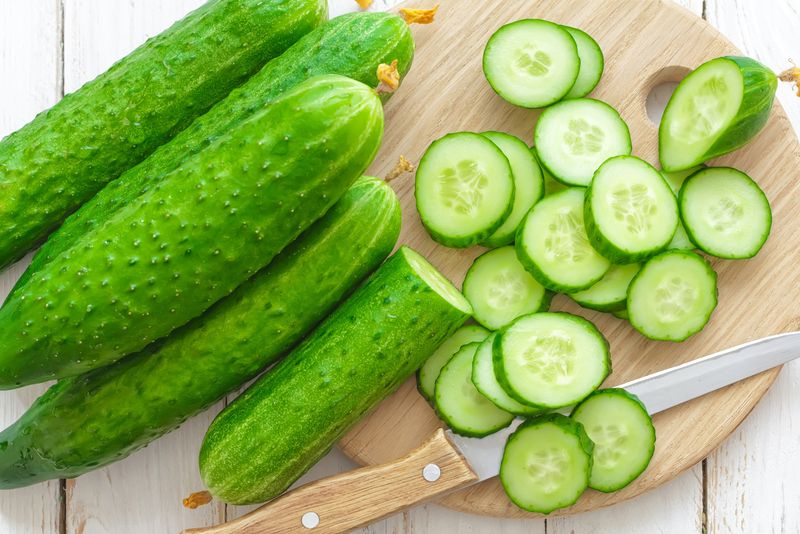
That satisfying cucumber crunch comes with a chemical kick! These garden favorites typically contain residues from at least 10 different pesticides. The kicker? Conventional cucumbers often get coated with petroleum-based wax to extend shelf life – effectively sealing in pesticides beneath an impenetrable barrier.
Their high water content makes cucumbers particularly thirsty for systemic pesticides that distribute throughout the plant tissues. The endocrine-disrupting pesticide DDT (banned since 1972!) still shows up in cucumber tests due to soil persistence.
15. Hot Peppers
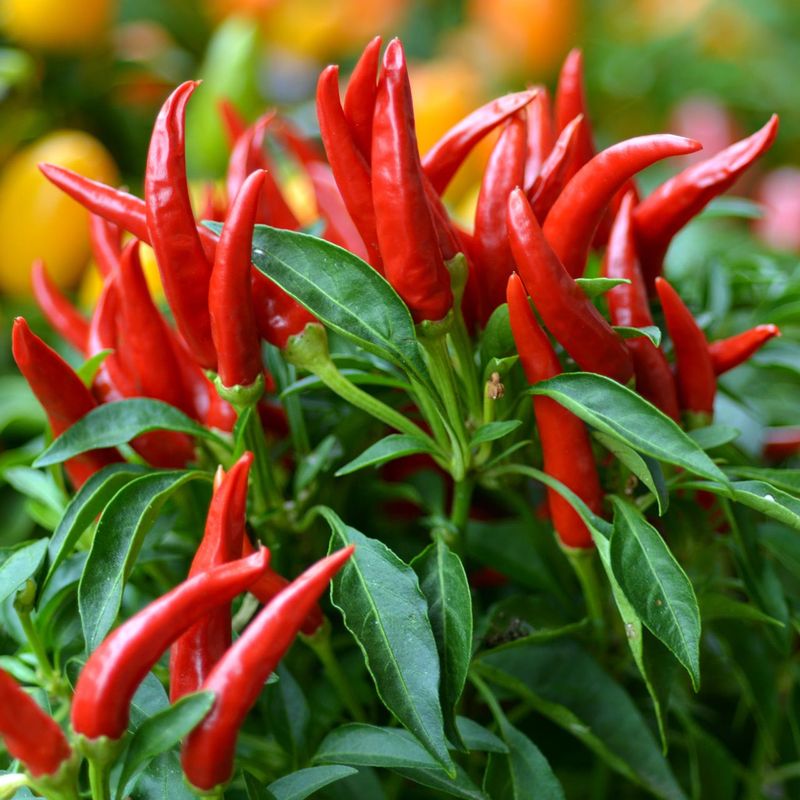
Feel the burn – and the pesticides! These fiery flavor-boosters pack heat and an alarming chemical load, with some samples containing residues from up to 115 different pesticides. Their natural defense (capsaicin) repels some pests but not enough to prevent conventional farmers from unleashing chemical warfare.
The waxy skin that gives hot peppers their shine also traps pesticides like superglue. Acephate, a neurotoxic insecticide banned for use on vegetables in the U.S., still shows up in imported hot pepper samples.
16. Blueberries
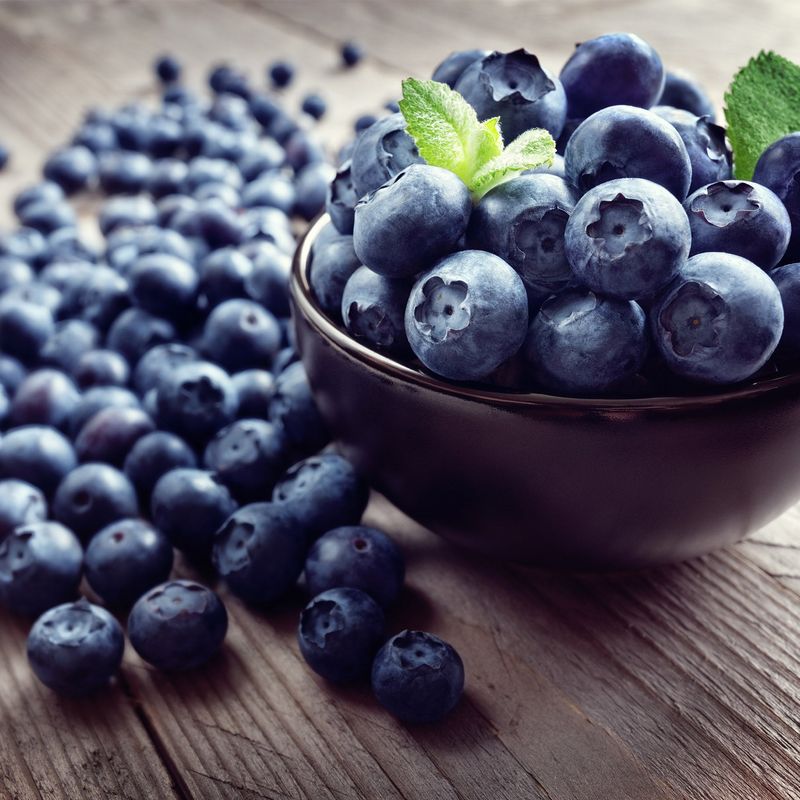
Brain food or brain poison? These antioxidant superstars harbor a not-so-super secret – conventional blueberries consistently test positive for 52 different pesticide residues. Their thin skins offer zero protection against the chemical onslaught, while their growing conditions create the perfect storm for fungal diseases.
Conventional blueberry farming’s dark reality includes soil fumigation with methyl bromide, a potent ozone-depleting chemical. Those white “blooms” covering blueberries? They’re natural protective coatings that also trap pesticides, making them nearly impossible to wash away.
17. Green Beans
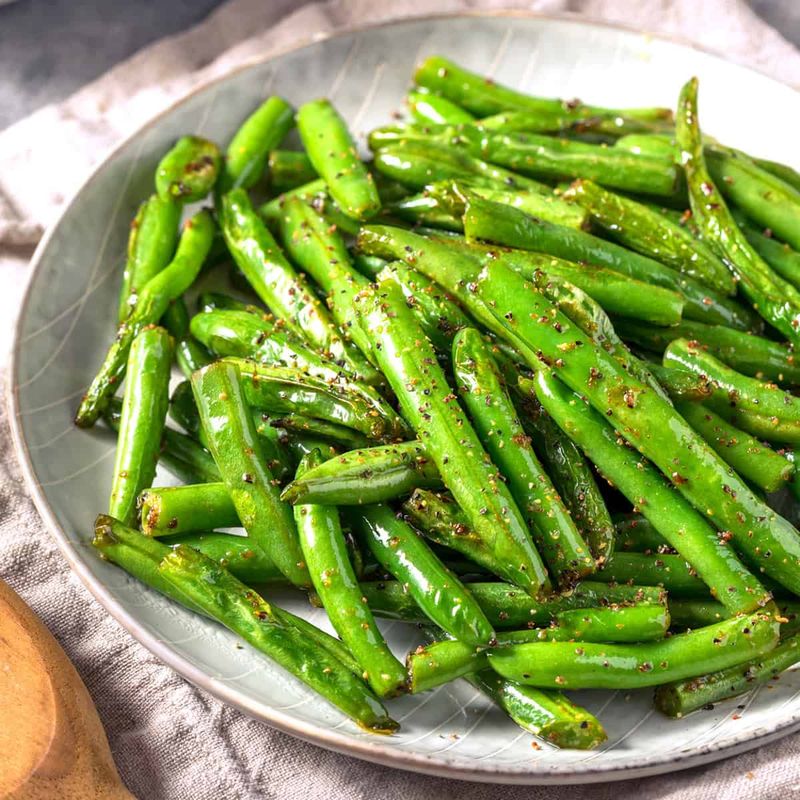
Bean there, sprayed that! These garden favorites hide a surprising secret – they’re among the most heavily contaminated vegetables, with tests finding more than 60 different pesticide residues. Their rapid growth and vulnerability to numerous pests make them targets for aggressive chemical treatment.
The fuzzy surface of green bean pods creates countless microscopic traps for pesticides to hide, resisting even thorough washing. Acephate and methamidophos, two neurotoxic insecticides, frequently show up in green bean tests despite increased restrictions.

